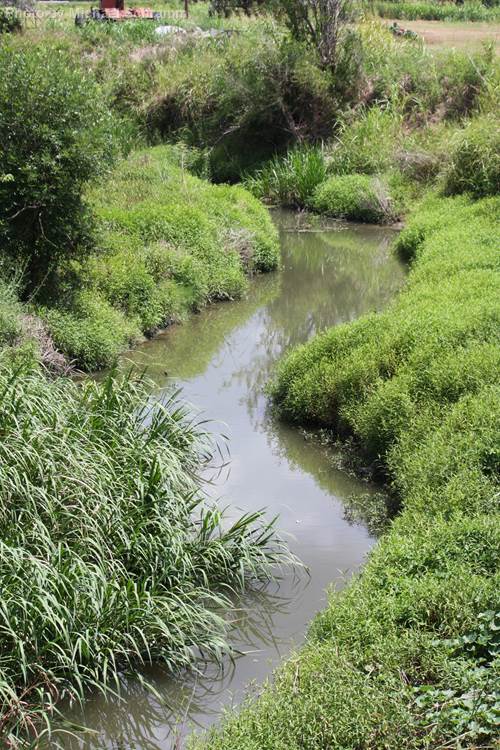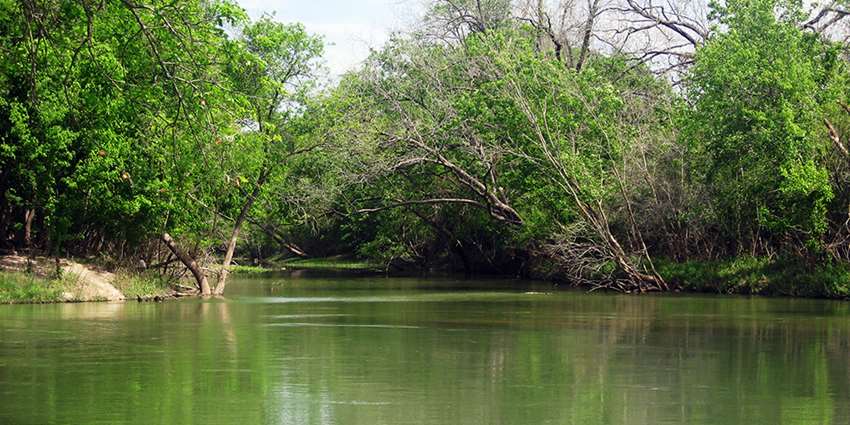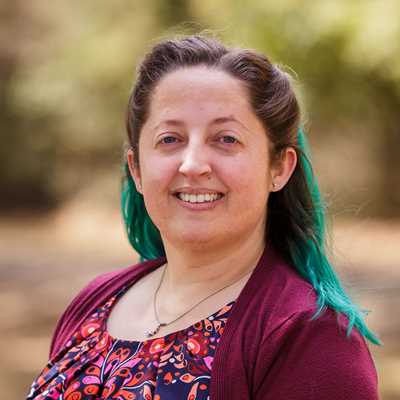Maintaining water quality is a priority for the Texas Water Resources Institute (TWRI) water team. Research, planning, educational outreach and community implementation go into the creation of a successful watershed protection plan (WPP) designed to restore water quality and monitor impairment levels for years to come.
TWRI water team members Dr. Allen Berthold, Michael Schramm and Clare Entwistle are working with Texas A&M AgriLife Extension Service, local stakeholders, the Texas Institute for Applied Environmental Research at Tarleton State University and the Texas Commission on Environmental Quality (TCEQ) to develop WPPs for four watersheds in the Matagorda Basin.
Matagorda Bay watershed, sometimes called the “golden crescent,” is located along the Gulf Coast of Texas and consists of 10 counties, nine bays, three rivers and several smaller water bodies, all of which make up the Matagorda Basin watershed.

This bay system and the water bodies feeding it support a diverse and rich ecosystem that sustain a robust commercial fishery, abundant wildlife and more than 300 species of birds.
“Bird watching is a big drive; people visit to watch winter birds that migrate along the Great Texas Coastal Birding Trail,” said Schramm, TWRI research associate in College Station.
The cities of Port Lavaca and Palacios are national leaders in shrimp and blue crab processing, respectively. Tourism is a major economic driver, as are the aluminum, chemical and petroleum processing industries. Many residents in the Matagorda Bay area depend on water for their livelihood for fishing and agriculture, which includes cotton, corn, rice and grain sorghum.
Schramm said the driving factor for the project was to reduce bacterial pollution found in the waters of the four watersheds: Tres Palacios Creek, Lavaca River, Carancahua Bay and Arenosa Creek. The state has designated portions of all four as impaired because of elevated bacteria concentrations in water bodies where primary contact recreation occurs.
“TCEQ had a specific desire to address bacterial impairments; bacteria has been a high priority, not just there but across the state,” he said.
Schramm said the first step is identifying where the bacterial pollution is coming from.
“We identify causes and sources of bacterial pollution through stakeholder input, Spatially Explicit Load Enrichment Calculation Tool (SELECT) modeling and load duration curves,” he said.
Berthold, research scientist and TWRI’s project lead, said the institute decided to take a basin approach with a five-year plan.
“The idea is that the first year is spent collecting data, getting to know the watershed and filling data gaps with monitoring to develop a sound plan based on thorough data,” Berthold said. “We then work with local communities and stakeholders to develop plans one watershed at a time per year.”
Berthold said this method is more efficient compared to past approaches where it takes three years to develop a plan for a single impairment. “Many watersheds within this basin have similar characteristics and stakeholders so we don’t have to start over each time we begin to develop a new watershed plan in the basin.”
Stakeholders, or any member of the community interested in water quality, play a large role in the development and implementation of WPPs.
“Stakeholders in these watersheds have been wonderful. It really helps when they routinely show up to meetings, are engaged and give good suggestions, and they’ve been really good to work with,” Berthold said.
“Community stakeholders as well as stakeholder partner agencies are providing a lot of technical guidance and AgriLife Extension agents are a great connection for us to engage the community,” Schramm said. “It’s been really valuable for building relationships and trust with the local residents who have an interest in restoring water quality.”
A WPP is important not only for improving water quality, but it also provides other benefits and resources to communities.
“It helps local stakeholders within the watershed by making other financial or nonprofit resources available,” Berthold said. “One example is it helps prioritize resources to soil and water conservation districts to help landowners adopt practices and make educational programs available.”
Schramm said the institute has already secured funding to begin implementing the Tres Palacios Watershed Protection Plan from TCEQ and the Texas General Land Office.
“These projects will expand water quality monitoring in Tres Palacios, bring education and outreach programs to residents in the watershed, replace or repair failing on-site sewage facilities and provide funding for education kiosks,” he said.
Schramm said the education kiosks are part of an effort with the city of Palacios and the Palacios Beautification and Pavilion Committee. The city is constructing a pavilion on Palacios Bay that will serve as an education center. Kiosks will include interpretive signs and other educational materials that will educate visitors about water quality and the bay.
“With these watershed protection plans, we want to create a menu of options for folks to choose from that they can take part in to improve water quality,” Schramm said. “Best management practices, depending on the goals of agricultural producers, landowners or urban stakeholders, will result in multiple benefits and improved quality of life.”
For more information about the Matagorda Basin projects, including a list and locations of impaired water bodies from TCEQ, visit TWRI’s Matagorda Basin website.


